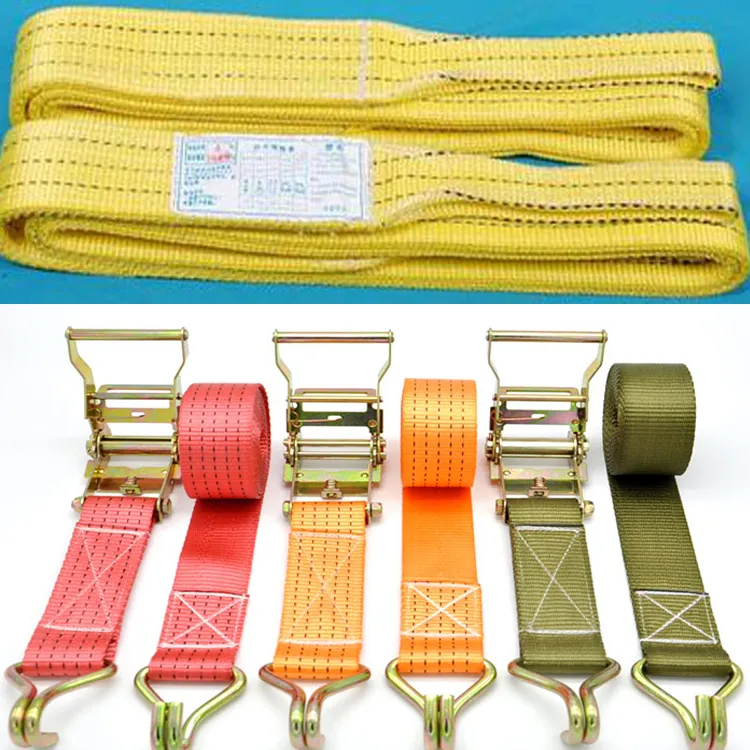401 chainstitch
The Art of 401 Chainstitch A Comprehensive Guide
Chainstitching, a unique and versatile method of embroidery, has gained popularity in recent years among textile artists and fashion enthusiasts alike. One of the most notable techniques within this domain is the 401 chainstitch. This article explores the history, technique, applications, and benefits of 401 chainstitch, shedding light on why it continues to captivate creators around the world.
The History of Chainstitch
The roots of chainstitch can be traced back to ancient embroidery practices. Used as a form of decorative stitching, it was favored for its durability and decorative appeal. The technique saw a significant evolution with the introduction of sewing machines in the 19th century, which allowed for faster and more intricate designs. The 401 chainstitch, a specific iteration using a particular type of sewing machine, became popular in the 20th century, particularly in the realms of denim workwear and decorative textiles.
Understanding 401 Chainstitch Technique
The 401 chainstitch is characterized by a series of interlocking stitches that resemble a continuous chain. It is typically executed on a specialized sewing machine known as a chainstitch machine. The primary distinction of 401 chainstitch is its ability to create both strong seams and intricate designs simultaneously.
When performing the 401 chainstitch, the operator feeds the fabric through the machine, where a needle and a looper work in tandem to create loops of thread. This method not only provides a visually appealing finish but also imparts flexibility to the fabric, making it ideal for projects that require a degree of stretch, such as clothing. One of the reasons artisans gravitate toward the 401 chainstitch is its engaging rhythm, combining both technical skill and artistic intuition.
Applications of 401 Chainstitch
The versatility of the 401 chainstitch allows it to be employed across various textile applications
. Below are some popular uses1. Apparel Many fashion designers incorporate chainstitch detailing in garments, especially in designing casual wear and denim. The unique texture adds a distinctive visual appeal, set apart from traditional straight stitches.
401 chainstitch

2. Home Décor The 401 chainstitch is employed in creating decorative pillows, quilts, and wall hangings. Artisans use this technique to add colorful patterns and motifs, enhancing the aesthetic charm of home accessories.
3. Craft Projects For DIY enthusiasts, the 401 chainstitch offers an engaging way to personalize items, ranging from tote bags to clothing. The ease of creating designs encourages creative expression and experimentation.
4. Costume Design The flexibility and resilience of the 401 chainstitch make it perfect for costumes that require both durability and intricate detailing. Designers have found success in using this technique for theatrical and cosplay outfits.
Benefits of 401 Chainstitch
1. Durability Unlike some other forms of embroidery, chainstitching creates robust connection points that can withstand wear and tear, making it ideal for functional items.
2. Aesthetic Appeal The visual quality of the 401 chainstitch makes it particularly attractive. The loops and interwoven design provide an artistic flair that enhances the overall appearance of a project.
3. Flexibility The stitching allows for fabric movement, making it suitable for clothing that requires stretch. This quality is especially beneficial in activewear and fitted garments.
4. Efficiency Once mastered, the 401 chainstitch can be produced quickly, making it efficient for mass production as well as individual projects.
Conclusion
The 401 chainstitch stands as a testament to the rich history and evolution of textile techniques. Combining practicality with artistic expression, it has become a beloved method among crafters and professional designers alike. Whether used in apparel, home décor, or craft projects, the versatility of the 401 chainstitch allows it to flourish in numerous creative endeavors. As this technique continues to be embraced by new generations of makers, it reinforces the ever-evolving tapestry of textile art. Embracing the 401 chainstitch not only preserves a significant part of craft heritage but also opens up new avenues for innovation and creativity in the textile landscape.
-
Leather Sewing Machine: The Industrial Standard for Tough MaterialsNewsJul.18,2025
-
Sail Making Machine: Heavy-Duty Stitching for Industrial and Marine NeedsNewsJul.18,2025
-
Sling Sewing Machine: The Backbone of Heavy-Duty FabricationNewsJul.18,2025
-
Leather Sewing Machine: Precision for Heavy-Duty StitchingNewsJul.18,2025
-
Big Bag Sewing Machine: Powering the Future of Bulk PackagingNewsJul.18,2025
-
FIBC Sewing Machine: Essential Equipment for Bulk Bag ProductionNewsJul.18,2025
-
Heavy Duty Leather Sewing Machine: A Must-Have for Professional LeatherworkNewsMay.28,2025





























